James Whistler might’ve been a namby-pamby mama’s boy, but he also liked to start bar fights and was a brash art rebel whose seemingly innocent paintings marked a fundamental theoretical shift in art.
Don’t get me wrong, like the first born son of any good ol’ American woman Whistler did love his mama Anna McNeill (his most famous painting is of her), even adopting her surname after her death in 1881. But like many American boys given a lot at an early age, Whistler was only content doing things on his own terms. Born in 1843 into modest surroundings in Lowell, Massachusetts Whistler would soon live a life of privilege. When he was only five his father George was appointed the chief engineer for the Boston and Albany Railroad allowing the family enough money to move into a mansion in Springfield, MA. In 1842, George was invited by Tsar Nicholas I to design a railroad from St. Petersburg to Moscow so the family went to live in St. Petersburg’s lap of luxury where little James began taking art classes, eventually enrolling in the Imperial Academy of Fine Arts.
Whistler and his mother moved back to the States in 1849 after his father died of cholera. After displaying a complete lack of interest in his mother’s wish that he become a minister, he enrolled at West Point. Even Robert E. Lee couldn’t undrill the obsession with art from the boy. He was kicked out after three years for bad grades, refusing to cut his long curly hair, sarcasm, and constant doodling. After West Point he was briefly employed etching plates for maps, but when he got bored and drew characters in the margins he was fired. It was also at West Point that Whistler probably received inspiration for his famous butterfly signature. The signature consists of his initials forming a butterfly with a stinger, an allusion to his aesthetic leanings, as well as the duality of his charming and feisty character. A letter from his mother while at school warned him not be like a butterfly flitting from one temptation to another. Though this advice was not meant to be read as an invitation to study and produce art full time, in 1855 Whistler moved to Paris to pursue his artistic dreams, never returning to the United States.
Now that the origin story is established we can get to the fun stuff. Once in Paris Whistler became a true bohemian. He lived art all day e’ry day, drank absinthe, and fell in love with a consumptive prostitute named Satine who liked to sing Madonna covers. Wait, that’s the plot to Moulin Rouge. But he did become friends with big French artists. This included Gustave Courbet who wound up painting nudes and doing the nasty with Joanna Hiffernan, Whistler’s mistress and model of his first talk-of-the-town painting Symphony in White No. 1 (1862). The friendship didn’t end well (surprise!). Long after moving to London and shortly after their fallout Whistler wrote that, “Courbet and his influence was disgusting” damning realism, wishing he had studied drawing and composition more carefully because “Color becomes a bold whore” without a good drawing to support it. Having a girlfriend of six years cheat on you with your friend really sucks, but on the bright side it may inspire an artistic philosophy that will be a precursor to abstract and modern art!
This rejection of color would become one of Whistler’s most defining features. Inspired by the monochromatic Japanese art that he loved he began using only a few colors at a time. He preached the need of art for art’s sake. Even the portraits of Joanna mentioned earlier speak to this concept. When Whistler came on the scene Victorian art was all about narrative and morals, to Whistler art didn’t need a meaning, like music it existed to create harmony (which is why so many of his paintings are titled with musical terminology, duh). He loved Japanese art for its embodiment of aestheticism, often spending all of his cash for the month on Japanese vases he would hunt down at the docks with the Rossetti brothers.
This obsession with harmony went pretty far. He’d design exhibition spaces and color coordinate his outfits to match the paint, notifying women of the color scheme so they could dress accordingly. On Sundays, London artists opened their studios to callers so their art could be viewed. Like Martha Stewart gone wild, Whistler would cook his visitors themed “American” breakfasts, creating place settings to go along with his clothes and his latest paintings.
If you couldn’t guess, Whistler rocked the London social scene. He was friends with Oscar Wilde, Mark Twain, the Rossettis, Lillie Langtry (mistress to the Prince of Wales) and not only inspired a poem by Swinburne but actually helped convince the Arts Club not to kick him out for drunkenness. In his speech he said to the panel “You ought to be proud that there is in London a club where the greatest poet of your time can get drunk if he wants to, otherwise he might lie in the gutter.” This goodwill gesture may have been inspired by the time Whistler punched his brother-in-law Seymour Haden in the face before pushing him through a window and the Rossettis came to his defense at his club.
Unfortunately, all of his social connections couldn’t help Whistler’s finances. His witty (Wilde was known to steal his better lines) and graceful (he’d convinced London he was a Southern aristocrat despite his Yankee origins) reputation went hand in hand with a stubborn arrogance that was bad for the pocketbook. When commissioned by Frederick R. Leyland to work on the infamous Peacock Room he boldly painted over antique leather wall coverings and was somehow surprised when Leyland didn’t want to pay him his full fee. In 1877, he sued famed art critic John Ruskin for slander when Ruskin compared his painting Nocturne in Black and Gold: The Falling Rocket to the act of “flinging a pot of paint in the public’s face.” Way harsh bro, that painting is actually one of the prime examples of early Abstract art. Get with it. Despite winning the suit, the trail bankrupted Whistler whose finances never recovered. Even up and marrying wealthy Beatrix “Trixie” Godwin in 1888 (without telling his mistress Maud Franklin he was leaving her) didn’t help. They had a several years of marital bliss before Beatrix died in 1896 of cancer. Whistler was devastated and his health too began to decline, he died in 1903 with little money, leaving behind numerous illegitimate children and having produced no work of consequence in years.




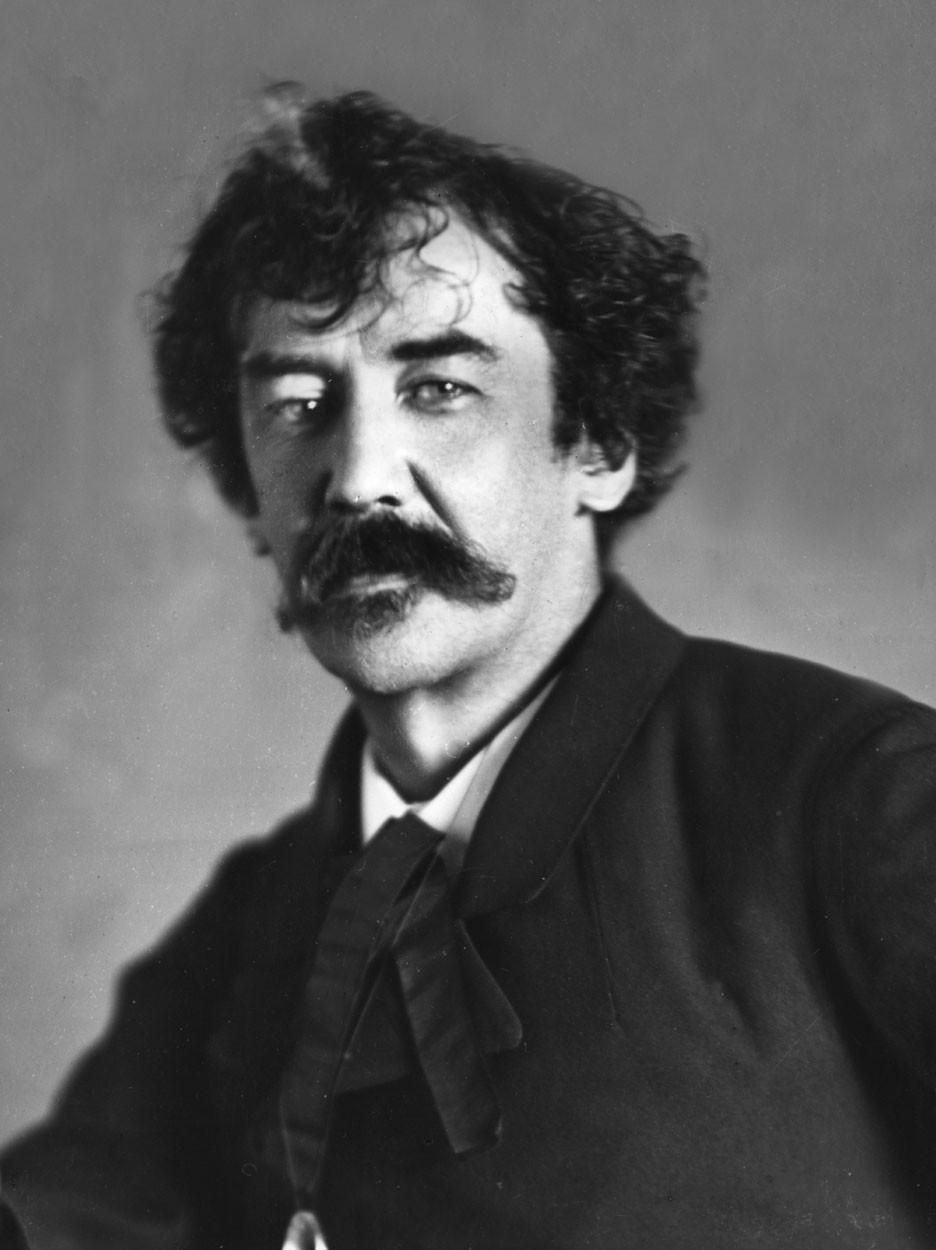
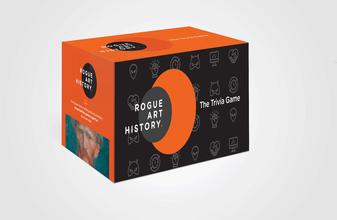
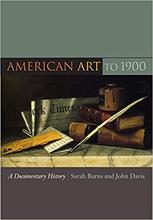
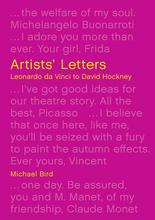
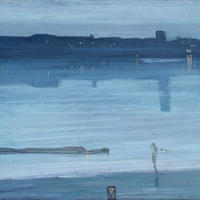
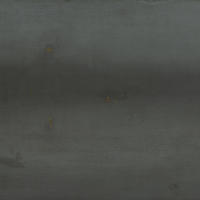
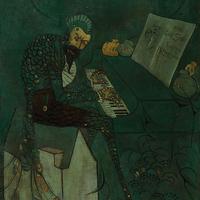
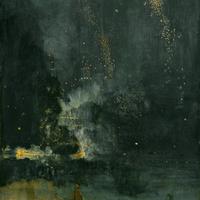
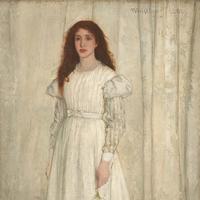
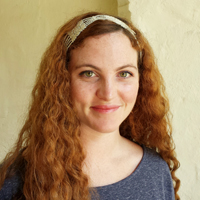
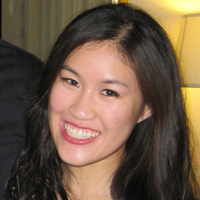









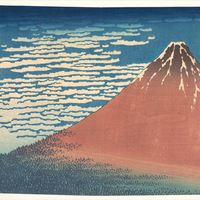
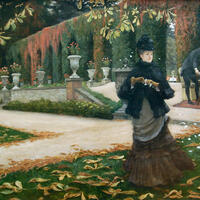
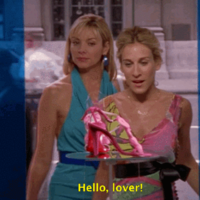
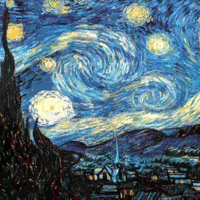
"WHISTLE" WHILE YOU WORK HA HA